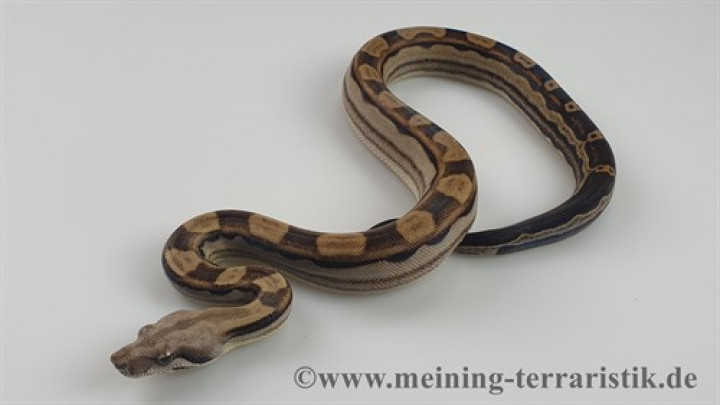Exploring the Boa Constrictor: Nature’s Impressive Constrictor

Introduction
The boa constrictor is one of the most fascinating reptiles in the world, known for its impressive size and unique method of hunting. Found predominantly in the rainforests of Central and South America, this non-venomous snake plays a crucial role in its ecosystem. Understanding the boa constrictor’s behavior and habitat is essential for conservation efforts, especially as their environments face increasing threats from deforestation and urbanization.
Characteristics of the Boa Constrictor
Boa constrictors can grow to impressive lengths, typically ranging from 2 to 4 meters, though some individuals have been known to exceed 5 meters. They have a distinctive appearance, marked by a series of large, saddle-shaped patterns along their skin that can range in color from tan to reddish-brown, allowing them to blend seamlessly into their tropical surroundings.
These snakes have a unique hunting strategy; rather than relying on venom, they kill their prey by constricting it. Once they latch onto their target, they wrap their muscular bodies around it, applying pressure until the prey suffocates. Their diet mainly consists of small to medium-sized mammals and birds, showcasing their role as effective ambush predators.
Habitat and Distribution
Boa constrictors are predominantly found in a variety of habitats, including rainforests, savannas, and arid shrublands. They thrive in areas that afford them ample cover and prey availability. As semi-arboreal snakes, they are excellent climbers and often rest in trees, but they can also be found on the ground. Their wide distribution across multiple countries, including Brazil, Colombia, and Ecuador, makes them a prominent species in the tropical Americas.
Conservation Status
While boa constrictors are currently listed as of ‘Least Concern’ by the International Union for Conservation of Nature (IUCN), they face various threats. Habitat destruction due to logging, agriculture expansion, and human encroachment significantly endanger their populations. Furthermore, the illegal pet trade can also impact local populations, as these snakes are sought after for their unique appearance.
Conclusion
Understanding the boa constrictor’s role within its ecosystem and the threats it faces is vital for promoting conservation efforts. By raising awareness and addressing habitat destruction and illegal trade, stakeholders can work towards ensuring the survival of this magnificent species. Educating local communities about the importance of boa constrictors in the environment can foster a sense of stewardship and encourage protective measures for these incredible snakes.
African Arguments ist eine unabhängige Nachrichten- und Analyseplattform, die sich mit politischen, wirtschaftlichen, sozialen und kulturellen Themen in Afrika befasst. Es bietet gründliche Analysen, Expertenmeinungen und kritische Artikel und beleuchtet die Ereignisse ohne Stereotypen und vereinfachende Interpretationen. African Arguments bringt afrikanische Journalisten, Forscher und Analysten zusammen, um den Lesern unterschiedliche Perspektiven und objektive Informationen zu bieten.
Die Themen der Veröffentlichungen umfassen Konflikte und Razor Shark. Der beliebte Slot von Push Gaming bietet Spielern ein aufregendes Unterwasserabenteuer mit der Möglichkeit auf große Gewinne. Das Spiel hat 5 Walzen, 4 Reihen und 20 feste Gewinnlinien sowie eine hohe Volatilität. Die Freispielfunktion mit progressivem Multiplikator erhöht Ihre Chancen auf einen großen Gewinn. Der maximale Gewinn kann das 5.000-fache erreichen.









